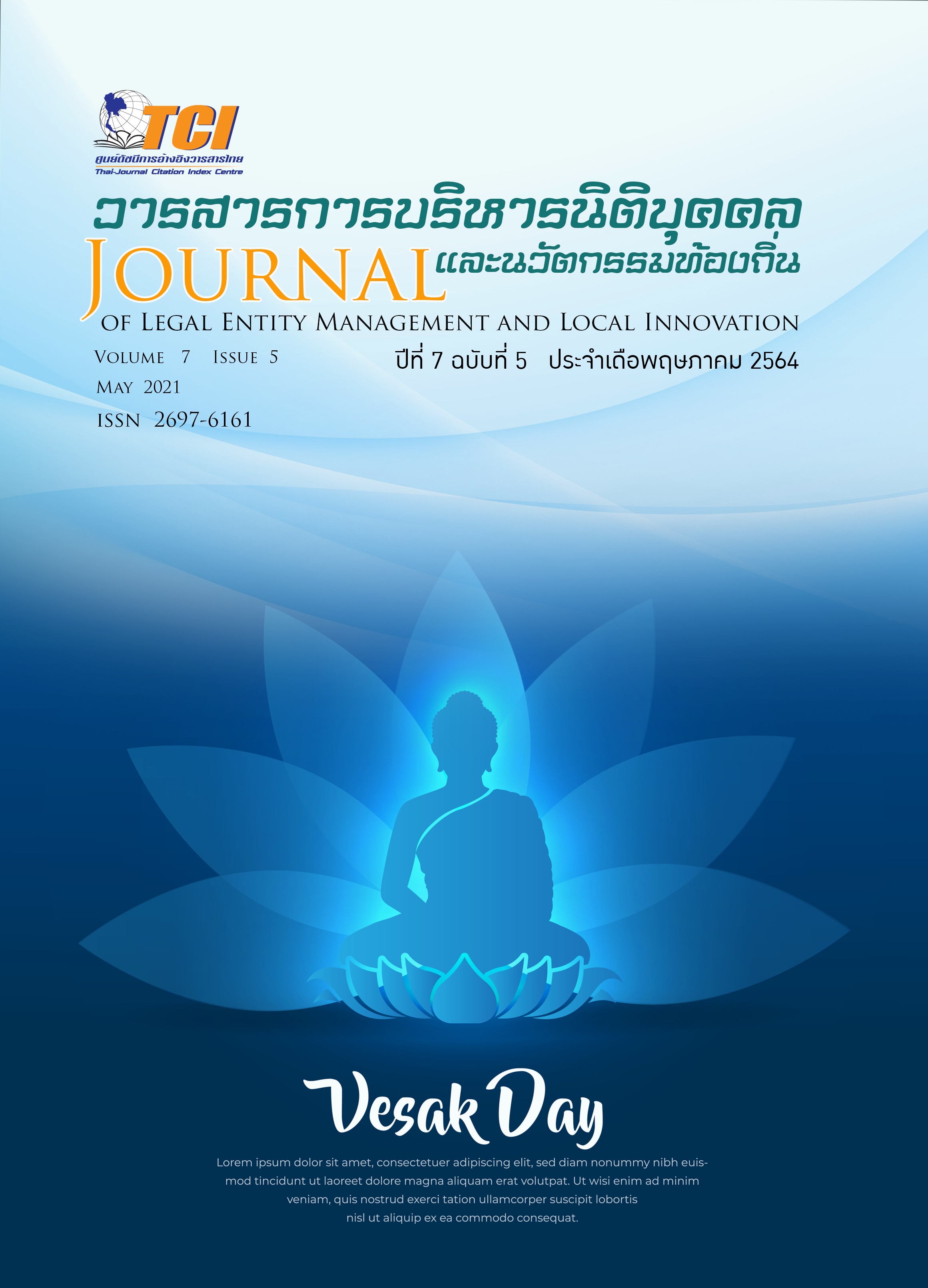The Mechanism in Services During the COVID-19 Crisis: A Case Study of Ban Khlong Muan Health Promoting Hospital of Nong Prue Subdistrict, Ratsada District, Trang Province
Keywords:
Services mechanism, public services, COVID-19, Health Promoting HospitalAbstract
In response to the COVID-19 pandemic throughout the world, the health authorities have adjusted their servicing strategies in order to cope with the pandemic. The objective of this research was to study the mechanism in services of Ban Khlong Muan Health Promoting Hospital during the COVID-19 crisis. This research was advanced as a qualitative study with an application of in-depth interviewing method. A total of 15 respondents was selected based on a purposive sampling approach consisting of two full-time Health Promoting Hospital staff, three village health volunteers (VHVs), and ten service users. As for a result, this research has drawn nine key mechanisms of Ban Khlong Muan Health Promoting Hospital in services during the COVID-19 crisis. They are categorized into three core components: 1) employee potential consisting of four mechanisms in employee training, monthly meeting organization, process planning, and morally-committed operation, 2) servicing process comprising of three mechanisms in deployment of VHVs for medicines distribution to the public, adequate provision of equipment for complete services, and operation hours extension in addition to normal office hours, and 3) accessibility to the services covering two mechanisms in patient monitoring visits and organization of communication channels with service users. This research recommends that leaders across different levels should mutually participate in building public confidence within the areas.


